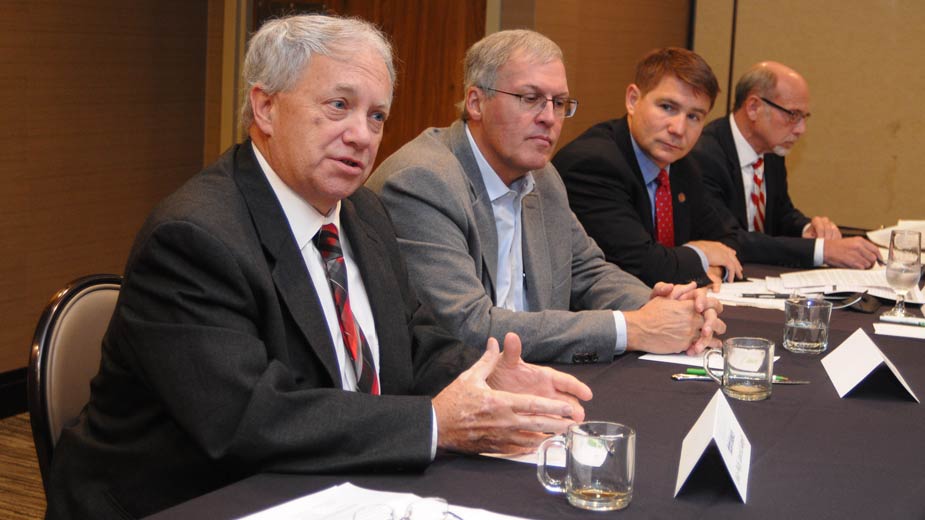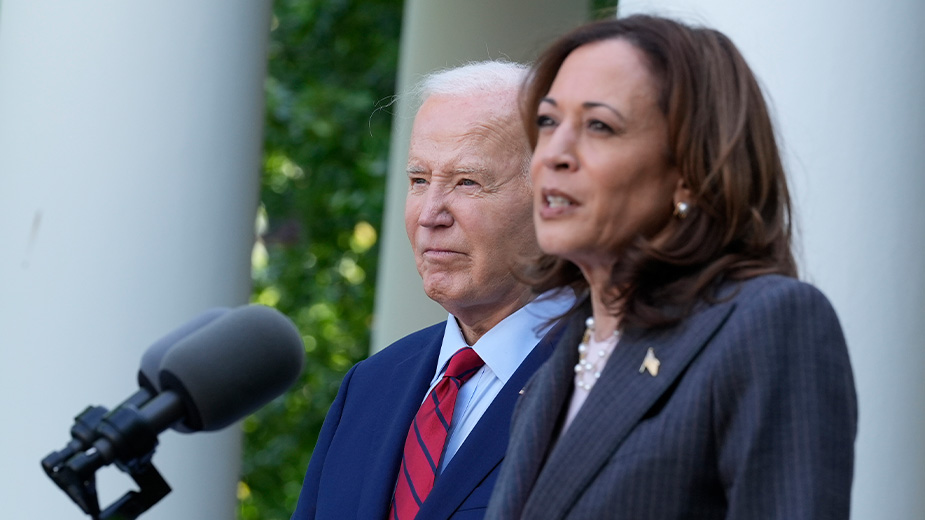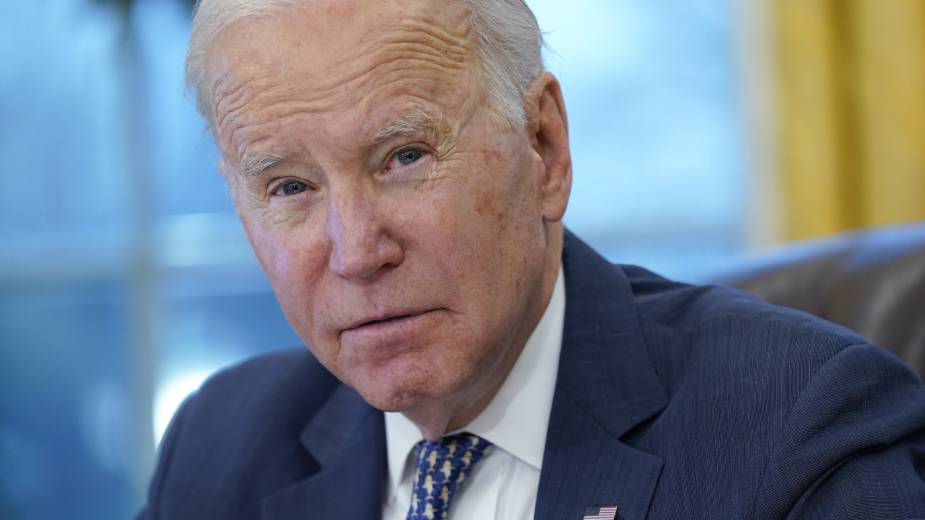Tax Reform Roundtable Consensus: Make Code Simple
BOARDMAN, Ohio – The tax codes, both state and federal, have grown increasingly complex, confounding many small-business owners as they try to navigate through new rules and regulations every year.
And, ironically, attempts to reform tax law – whether it’s for the benefit of the poor, middle class, or wealthy – often result in even more confusion and regulations.
That’s the consensus of specialists representing private sector accounting firms, elective office and academia during a roundtable discussion hosted by The Business Journal Oct. 30 at the Holiday Inn Boardman.
The roundtable will appear in the MidNovember issue of The Business Journal.
“Every year, it seems like the rules change,” said Jim Rosa, principal at HBK, an accounting firm based in Canfield. Among the biggest concerns small-business owners have today is the uncertainty on how to prepare a business plan for next year. “When you don’t have certainty, it’s difficult to make business decisions.”
Rosa; Ohio Rep. John Boccieri, D-Poland; John Donchess, tax principal at Packer Thomas Inc., Canfield; Dan Wolfe, principal at Byler, Wolfe, Lutsch, & Kampfer in Salem; Lisa Loychick, tax partner at Cohen & Co.’s Youngstown office; and Tod Porter, chairman of Youngstown State University’s Department of Economics, participated.
Such uncertainty wreaks havoc for tax planners who are trying their best to prepare their clients for the coming season. “We can’t give them black-and-white answers when you change the law year after year,” Packer Thomas’ Donchess said. “Our clients are asking for definitive answers, and we do the best we can.”
Among the major changes in the Ohio tax code over the last 15 years is the Commercial Activity Tax, or CAT, enacted in 2005. Under the CAT, Ohio companies with taxable gross receipts of $150,000 or greater are taxed on these revenues, not on the profits.
“I was in the Legislature when this passed, and I did not support it,” said Boccieri, who served in the Ohio Legislature from 2001 to 2006, and was then elected to the state Senate, where he served until 2008. He was elected to the U.S. House of Representatives for Ohio’s 16th District, and served one term.
One reason Boccieri opposed the CAT was because those small businesses that depend on high volume but realize thin profit margins – such as grocers and car dealers – were hit hard by the tax. “Large-revenue businesses with low profit margins are hit the hardest,” he said.
He said Ohio is one of just five states with a statewide gross receipts tax, and the tax accounts for roughly 3.5% of the general revenue fund, and 7.4% of all expenditures across the state. “It’s had a large impact on small business and how they operate in the state.”
Yet for some of the smaller mom-and-pop operations, the CAT appears to work in their favor, Wolfe noted. While he said higher volume businesses – auto dealerships, for example – might see increased taxes tied to revenues, this increase is essentially a wash because the state had also abolished its inventory tax and personal property tax when it adopted the CAT.
“Some of the higher volume companies found it in many cases to be a moot point or to their favor,” Wolfe said. “One client in East Liverpool who did a lot of out-of-state sales — it definitely benefited them. But, there are definitely winners and losers in this game.”
The panel also addressed proposed reforms to the federal tax code – there are proposals such as doubling the standard deduction for married couples but eliminating mortgage interest rate deductions, for example.
“Economists have never really been a fan of that deduction,” YSU’s Porter said of the mortgage deduction. In general, these deductions usually benefit the wealthy, he noted, so eliminating it shouldn’t have a profound impact on middle class families.
Moreover, a lot of younger people aren’t buying homes, Packer Thomas’ Donchess said. “When our parents were growing up, you got a job, bought a home and that’s where you stayed for 34 years.”
Today, however, milennials are on the move and are reluctant to make major commitments such as owning and maintaining a home. “If you’re moving every couple years – I think many don’t want the responsibility,” he said.
Doubling the standard deduction to $24,000 for a married couple would, for most, more than cover the shortfall from eliminating the interest deduction on a mortgage, he said. “It’s really the more affluent who are affected by the interest deduction.”
Eliminating the mortgage deduction is appealing now since interest rates are still very low, Cohen & Co.’s Loychick observed. “The real impact would be if interest rates rise,” she said, and the deduction would carry more weight.
Eliminating the mortgage deduction would, in Bocceri’s view, lead to disincentives among prospective homebuyers. “One sector that has driven the U.S. economy is the housing sector,” he said. “I think that it would disproportionately fall on citizens who will pay higher taxes without their mortgage deduction. I don’t see how that drives large economic benefits.”
While the tax code begs for stability, there also needs to be a consensus in Washington, D.C. on policy, HBK’s Rosa adds. “It’s so frustrating – there used to be an open exchange,” he said. “Why can’t we all work together?”
In the end, the fairest form of taxation is a progressive one that is based on income, HBK’s Rosa says. “All other taxes are regressive.”
Read the transcript published in the MidNovember edition of The Business Journal, in subscribers’ mailboxes the week of November 14. CLICK HERE to subscribe.
Pictured at top: Four of the participants in The Business Journal’s Tax Reform Roundtable are certified public accountants and tax experts Daniel Wolfe, John Donchess, state Rep. John Boccieri(D-59) and Jim Rosa, also a CPA and tax expert.
Copyright 2024 The Business Journal, Youngstown, Ohio.



